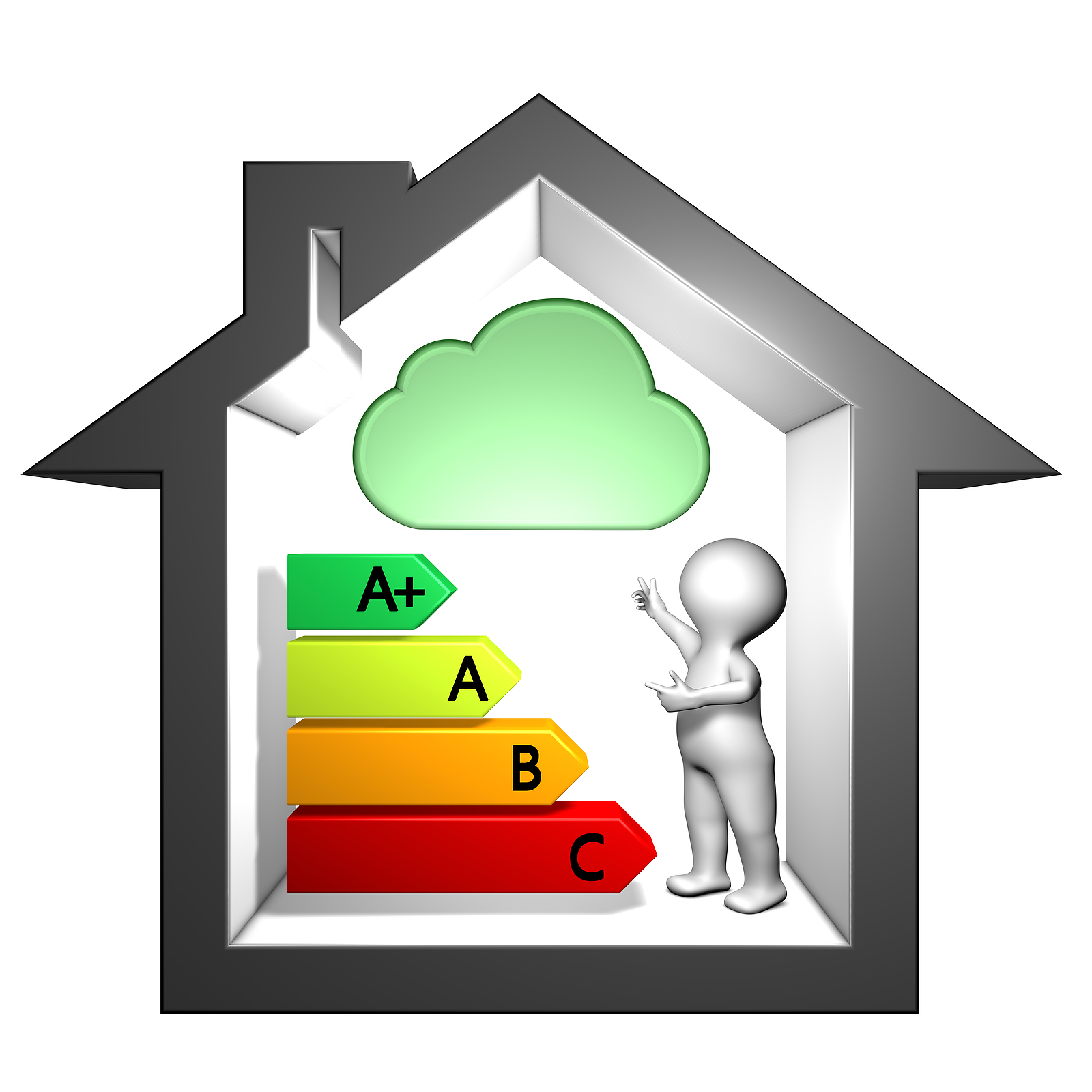If you’re in the market to buy a home, you’re likely keeping a close eye on mortgage rates and exploring various financing options. In this blog, we’ll delve into the latest developments in mortgage rates, lending options, and financial strategies to help you make informed decisions when it comes to one of life’s most significant investments.
The Current Mortgage Rate Landscape
Mortgage rates are ever-changing and are influenced by a variety of factors, including economic conditions, inflation, and the Federal Reserve’s policies. As of our last update in early 2022, mortgage rates were hovering near historic lows, making it an attractive time for prospective homebuyers to secure financing. However, it’s essential to remember that these rates can fluctuate, so it’s crucial to stay updated with the latest trends.

Keeping Tabs on Mortgage Rates
To stay informed about the latest mortgage rates, consider utilizing online resources, such as mortgage rate comparison websites and financial news outlets. Many banks and lenders also provide real-time rate information on their websites, allowing you to track changes easily. Remember, it’s a dynamic market, so staying updated will empower you to make the most of favorable conditions.
Financing Options for Homebuyers
The mortgage market offers various financing options to cater to the diverse needs of homebuyers. Each option has its advantages and considerations, so let’s explore some of the most common choices:
Fixed-Rate Mortgages
Fixed-rate mortgages are popular because they offer stable and predictable monthly payments throughout the loan term. Depending on your financial goals, you can choose between 15-year and 30-year fixed-rate loans. These are excellent options for those who want to lock in a low-interest rate for the long term and don’t mind a higher initial monthly payment.
Adjustable-Rate Mortgages (ARMs)
Adjustable-rate mortgages come with lower initial interest rates compared to fixed-rate mortgages. However, they are subject to periodic adjustments based on prevailing market rates. ARMs are ideal for borrowers who plan to stay in their homes for a shorter period and can manage potential rate increases.

Government-Backed Loans
Government agencies like the Federal Housing Administration (FHA), the Department of Veterans Affairs (VA), and the U.S. Department of Agriculture (USDA) offer loans with lower down payment requirements and more flexible credit criteria. These options can be beneficial for first-time homebuyers or individuals who may not qualify for conventional loans.
Jumbo Loans
Jumbo loans are designed for high-value properties that exceed the conforming loan limits set by Fannie Mae and Freddie Mac. These loans often require larger down payments and have stricter qualification criteria. If you’re considering a luxury or high-end property, a jumbo loan might be the way to go.
Financial Strategies for a Successful Home Purchase
Navigating the complex world of home financing can be challenging, but with the right strategies, you can make the process smoother and more affordable:
Improve Your Credit Score
A higher credit score can lead to better mortgage rates. Take steps to boost your credit score by paying bills on time, reducing outstanding debts, and monitoring your credit report for errors.
Save for a Down Payment
A larger down payment can lower your monthly mortgage payments and help you avoid private mortgage insurance (PMI). Start saving early to secure a more substantial down payment.

Get Pre-Approved
Getting pre-approved for a mortgage can give you a competitive advantage in a hot real estate market. It also helps you understand your budget and prevents wasting time on homes you can’t afford.
Shop Around for Lenders
Different lenders offer various loan programs and rates. Don’t hesitate to compare multiple lenders to find the best deal that suits your financial situation.
Consult a Financial Advisor
If you’re unsure about which financing option is right for you or need personalized advice, consider speaking with a financial advisor or mortgage broker. They can provide valuable insights and help you make informed decisions.
In Conclusion
Staying informed about mortgage rates, exploring financing options, and implementing smart financial strategies are crucial steps on your journey to homeownership. The real estate market is dynamic, so it’s essential to adapt and make choices that align with your long-term goals. By keeping these factors in mind, you can navigate the homebuying process with confidence and make the most of the opportunities available to you. Happy house hunting!



































